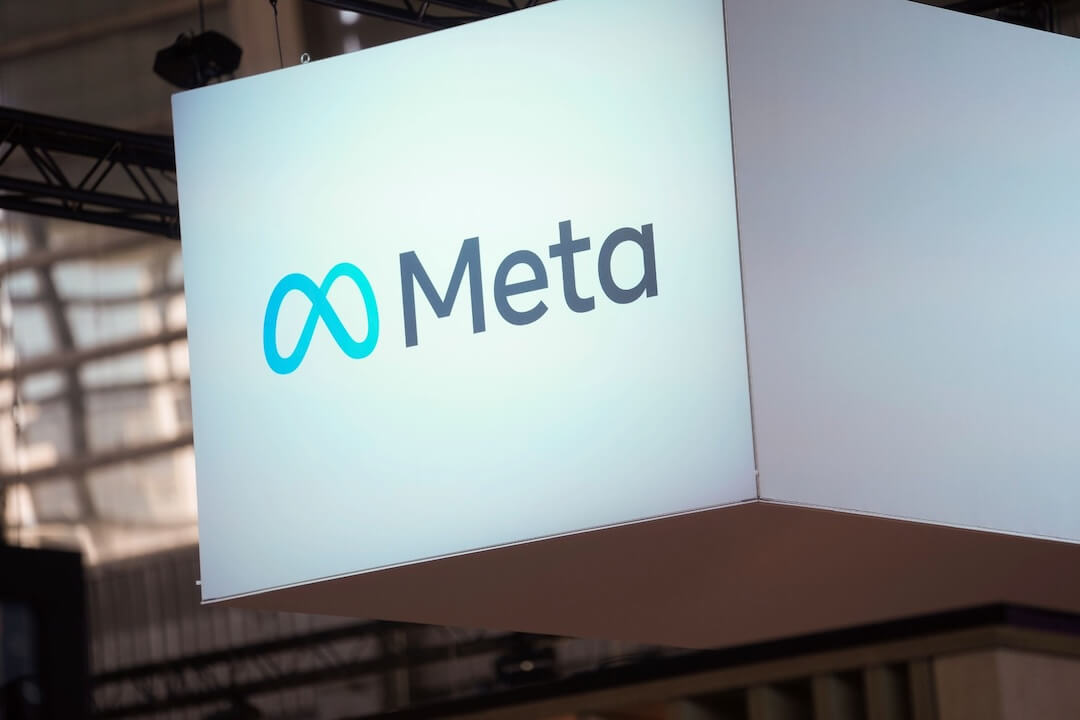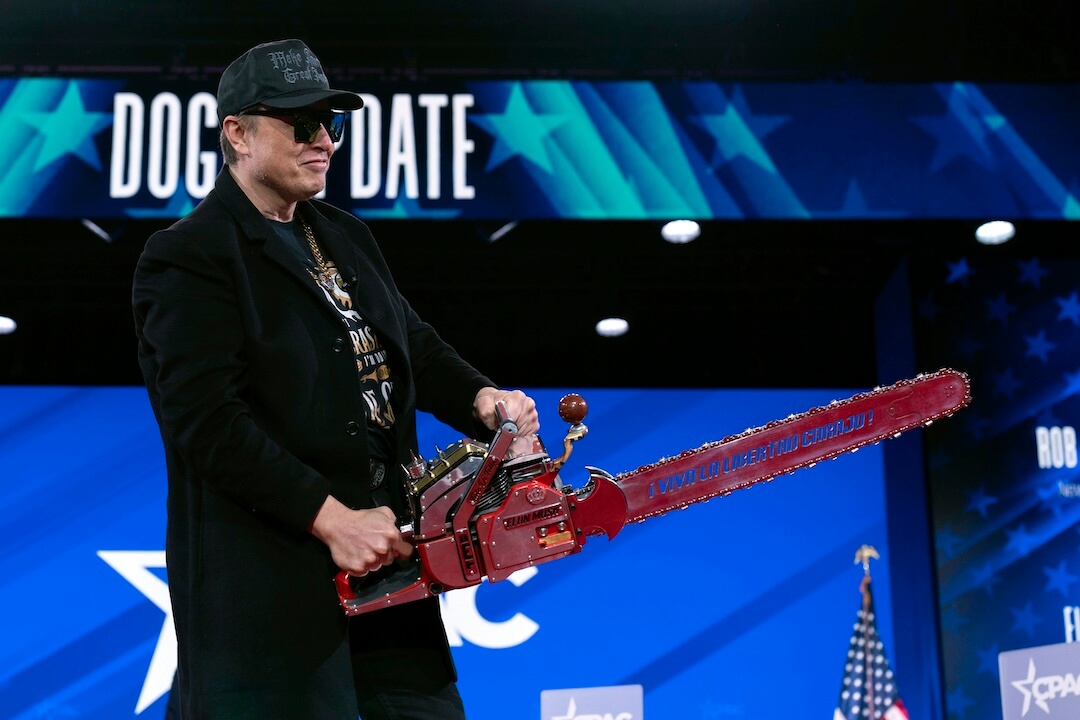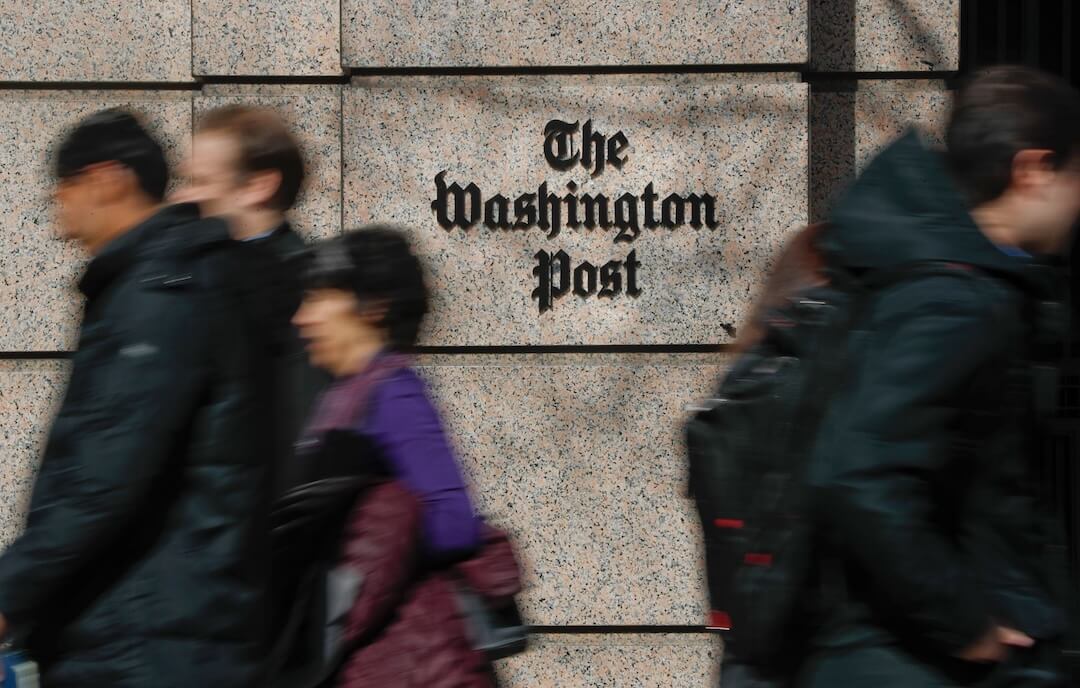The Lead is a weekly newsletter that provides resources and connections for student journalists in both college and high school. Sign up here to have it delivered to your inbox every Wednesday morning during the school year.
By Vanessa Paolella, Bates College (Lewiston, Maine)
In July 2020, I left a Zoom meeting with our newspaper adviser in tears. It was possible, she said, that The Bates Student would not be able to distribute newspapers in the fall due to concerns the distribution boxes could transmit COVID-19.
At the time, the thought of losing our print publication was devastating. But when the start of the new school year came and we received permission to print, I made the decision as editor-in-chief to virtually eliminate our print newspaper.
I want to say it was a difficult decision, but it wasn’t.
Before transitioning to a digital-first publication, The Student was failing. We printed 600 copies weekly, then biweekly starting in 2018, for the Bates College community of nearly 2,500 students, faculty and staff. But more than half of the papers printed since 2017 still sit in a corner of The Student’s office, unread. We struggled to fill 12 pages with content and stay within our school-allocated budget as staffing and printing costs grew.
The onset of the pandemic pushed us to rapidly change our publication model, and it freed up funds to invest in our digital strategy.
At the end of March 2020, we contracted with SNO to manage our website, which had been in shambles since it was hacked in 2018. At the same time, our digital editor, who was hired just a month before, established a weekly newsletter with Mailchimp and created a social media strategy to share articles and breaking news.

Screenshot
When it came time to schedule fall 2020 print issues, we had already seen the benefits of our digital-first model. Without the hassle of putting together a print paper, we had more time to focus on our reporting, and we were saving money, too. More than anything, people were finally paying attention to The Student.
Here are five takeaways from my experience leading The Student’s transition.
The transition may cost money. Spend it.
Making the investment now to jump-start your online presence will pay off in the long run.
I spent a year trying to fix The Student’s website myself with little progress. For less than the cost of a print run, we partnered with SNO and created a responsive website.
Similarly, you need a dedicated digital team to manage your online platforms; it’s not a side job you can pass off to an editor. We hired two people to upload articles to our site, and post articles and breaking news to social media.
Digital-first is less stressful and more flexible
When you publish online, you have no deadlines to meet but your own. Some may balk at moving a publication date at the last second, but you have the flexibility to wait another day to send out a newsletter if your top article isn’t quite finished. Publishing online meant we could give writers more time on their articles if they needed to focus on schoolwork or their mental health.
Additionally, you don’t have a set amount of space to fill on a website, unlike with print. With our digital-first approach, we were able to emphasize quality over quantity with our work, and it showed.
Breaking news is a priority
One of the most fundamental ways we built our reputation on campus was by quickly reporting breaking news on social media. Our digital team was doing this almost daily due to frequent updates on campus policies and COVID-19 cases last year.
We posted breaking news to Twitter and Instagram stories. Sometimes we would write a full article to accompany the announcement, but often the digital team would just write and post a short message.
By prioritizing short breaking news updates, we were able to grow our following beyond our regular readers. This means we had more followers seeing the articles we teased in social media posts. I recommend directing people on Instagram to click the link in your bio in each post and use LinkTree or Link in bio.
More readers mean greater accountability
As our readership increased, we began receiving more attention for our work. Notably, media outlets started citing information from our articles in their reports. One time we reported an erroneous timeframe for an investigation at Bates, and every media outlet followed suit.
More people than ever were reading our articles, and we felt a greater sense of pressure to make sure our reporting was accurate and fair.
My advice: develop a strong relationship with your communications office. It’s in their best interest to help you get your facts straight, because they will be dealing with the fallout, too. Professional journalists are also fantastic resources for advice on handling tricky articles.
Print special issues instead
Some of my best memories from The Student were from nights spent laying out the paper. There’s no other feeling like having five hours of work squished into two so you can meet your deadline.
If you pursue a digital-first approach for your publication, know that you don’t have to give up printing entirely. We didn’t. Rather than printing regularly, we chose to print issues for special topics, like sexual health on campus.
Before the pandemic, I had little hope for The Student’s future. It seemed impossible to climb out of the hole we had fallen into. COVID-19 pushed us to make changes we should have made long ago.
Although the new student leaders plan to resume print issues and adopt a hybrid model, digital publication will remain the primary focus. They’ve seen how powerful online publishing can be, and they have no intention of giving that up.
Vanessa Paolella is a 2021 graduate of Bates College and the former editor-in-chief of The Bates Student. She now covers education and the environment for the Sun Journal in Lewiston, Maine. She can be reached at van.paolella@gmail.com.
One story worth reading
What can journalists learn from community organizers? Everything from relationship building to collaborating with communities, Jennifer Brandel writes for Hearken. These ideas came to fruition in the Stories of Atlantic City project, a collaborative effort between local news outlets and community organizations. It’s important to note that building these relationships and earning trust takes time, and other journalists might push back on community-powered stories, Brandel writes.
Opportunities and trainings
- Poynter’s internship database lists paid newsroom internships at publications around the country.
- Register for the fall National College Media Convention, to be held virtually Oct. 14-16.
- Register for the FIRE Regional Conference on student online speech, to be held Oct. 16 in Nashville.
- High school students, enter The New York Times’s “Coming of Age” multimedia contest by Oct. 27.
- College students, enter the Reynolds Journalism Institute’s Student Innovation Competition by Oct. 31.








